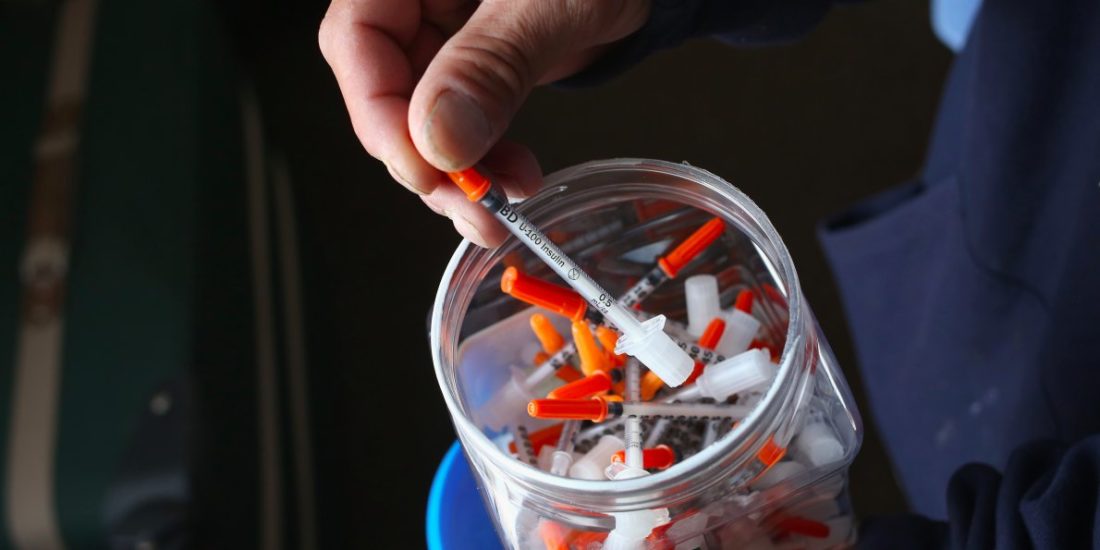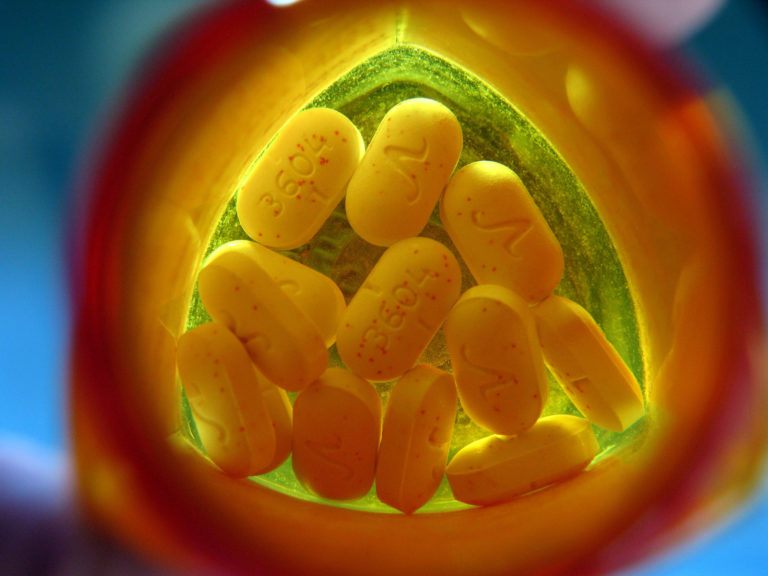America’s Opioid Epidemic is Worsening

ON TUESDAY, February 28th, in an address to a joint session of Congress, Donald Trump vowed to end America’s “terrible drug epidemic”. When discussing America’s social ills, Mr. Trump has a tendency to exaggerate. But on the subject of drugs, the president’s characteristically dark and apocalyptic tone may well have been warranted.
In 2015 more than 52,000 Americans died of drug overdoses, according to the Centres for Disease Control and Prevention. That is an average of one death every ten minutes. Approximately 33,000 of these fatal overdoses—nearly two-thirds of them—were from opioids, including prescription painkillers and heroin. Although the absolute death toll from opioids is greatest in big cities like Chicago and Baltimore, the devastation is most concentrated in rural Appalachia, New England, and the Midwest. Many of the victims hail from white middle-class suburbs and rural towns.
The opioid epidemic has its roots in the explosive growth of prescription painkillers. Between 1991 and 2011, the number of opioid prescriptions (selling under brand names like Vicodin, Oxycontin, and Percocet) supplied by American retail pharmacies increased from 76m to 219m. As the number of pain pills being doled out by doctors increased, so did their potency. In 2002 one in six users took a pill more powerful than morphine. By 2012 it was one in three.
Pharmaceutical companies have reformulated their drugs to make them less prone to abuse. Unfortunately, as the supply of painkillers has dropped, many addicts have turned instead to heroin (see chart), which is cheap and plentiful. In 2014 more Americans sought treatment for heroin than for any other drug. In 2015, as total opioid deaths grew by 15%, heroin deaths increased by 23%.
A recent working paper suggests that such laws—which are now on the books in 45 states and in Washington, DC—reduce opioid-related deaths by 9-11%.
That is still not enough. Data released in recent months show that the opioid epidemic is worsening, driven largely by the rise of fentanyl, a synthetic opioid painkiller 50-100 times more powerful than morphine. In 2016 fatal overdoses increased by 26% in Connecticut, 35% in Delaware, and 39% in Maine. During the first three-quarters of 2016, deadly overdoses in Maryland jumped by a whopping 62%, prompting the state’s governor to declare an official state of emergency. Mr. Trump’s promise to end the scourge of opioid abuse in America is looking more challenging by the day.




